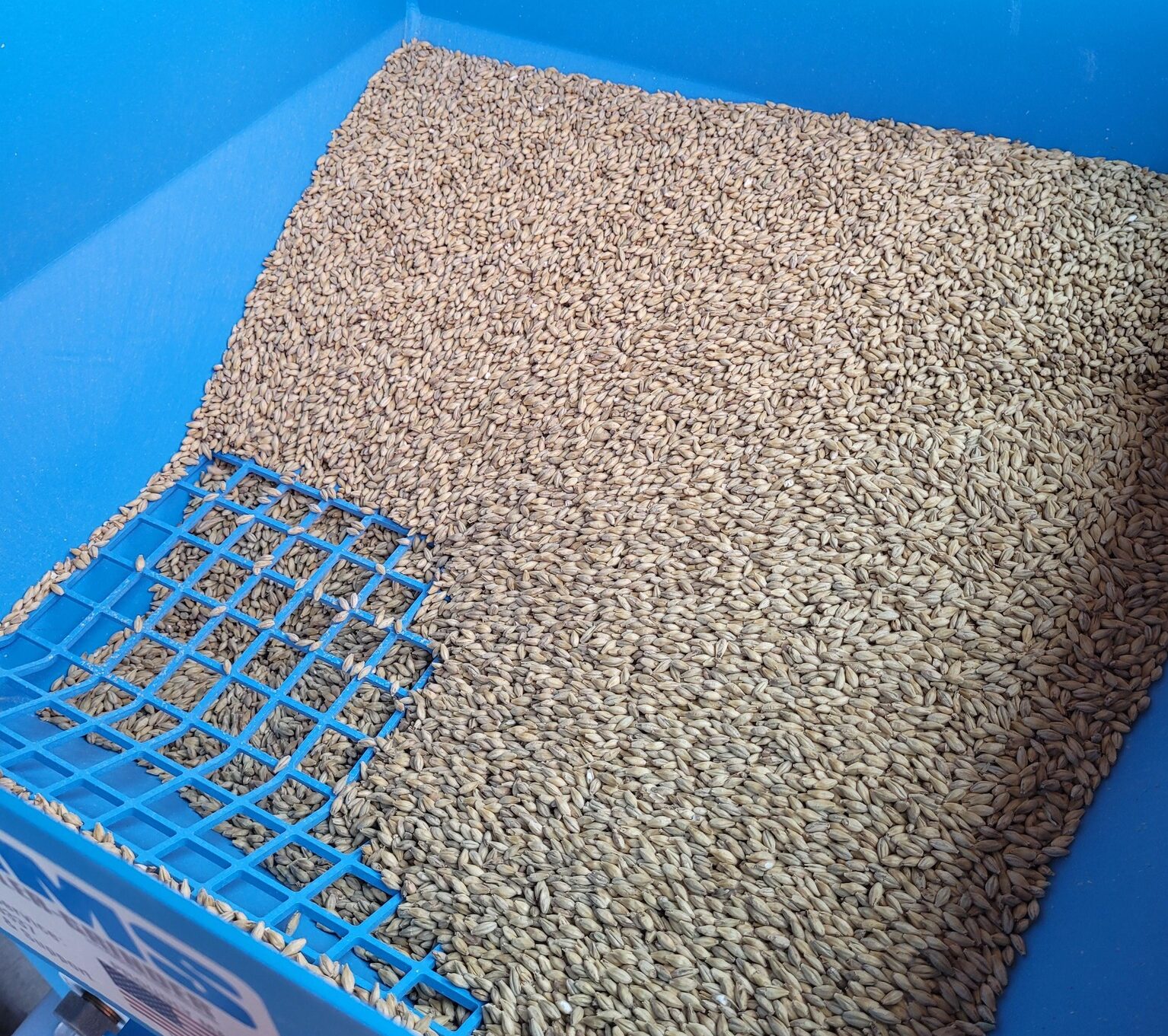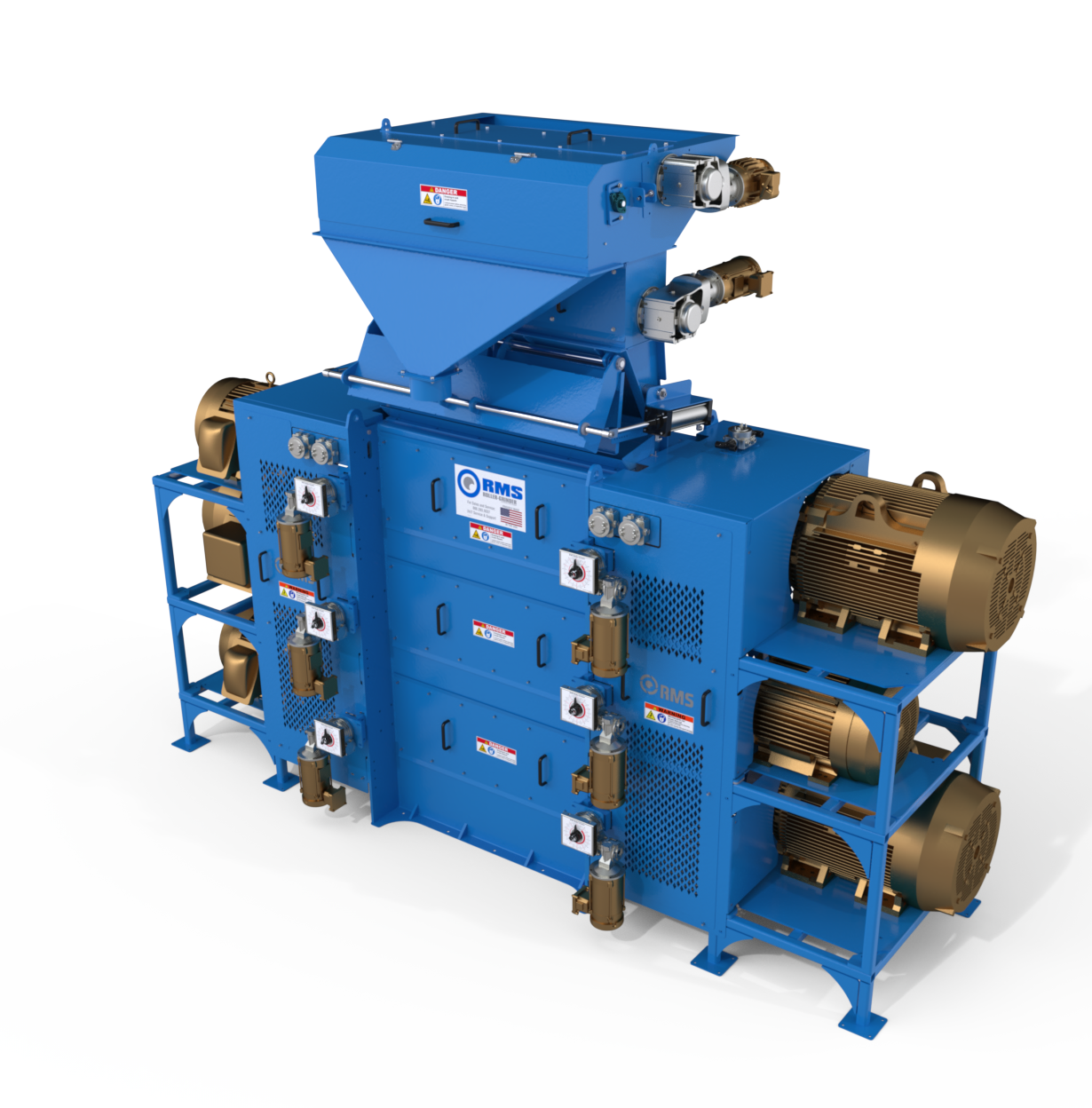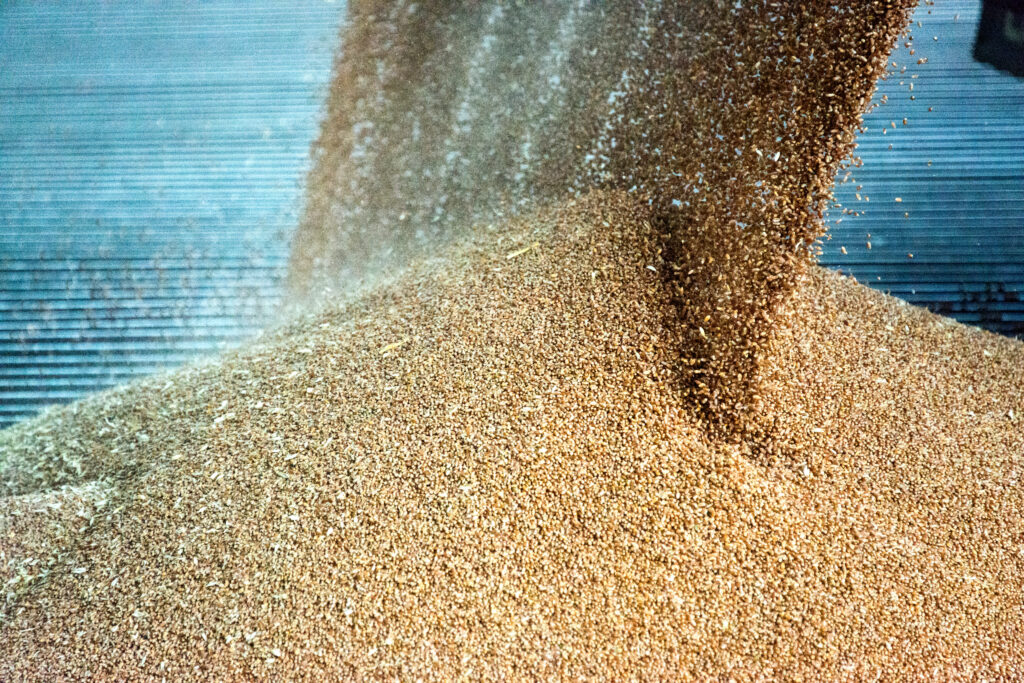
Harnessing the Power of Automation: 9 Key Benefits from a Feed Mill Machine
Automation has become increasingly influential across various sectors—including milling processes—promoting efficiency and productivity. An automated feed mill machine can offer optimal control over vital processes to deliver significant production and convenience benefits to farmers and agri-business owners.
 Here are nine ways an automated feed milling machine can be a rewarding investment for feed production optimization.
Here are nine ways an automated feed milling machine can be a rewarding investment for feed production optimization.
- Reduce Labor Costs
- Improve Production Quality
- Increase Production Quantity
- Comply with Regulations
- Enhance Operational Safety
- Reduce Batching Errors
- Achieve Sustainability Goals
- Leverage Longevity & Durability
- Boost Supply Chain Management
Reduce Labor Costs
Introducing an automatic feed milling machine can lead to significant labor cost savings. Automated systems can operate independently, reducing the need for human intervention, and allowing workforce reallocation to other crucial tasks. These systems eliminate human error risks in feed production, ensuring precise measurement and mixing of ingredients for a consistent quality output.
This precision also reduces maintenance labor costs associated with manual adjustments and repairs. With less supervision needed, farmers can multitask and concentrate on other farm-related activities like animal health and management.
Improve Production Quality
Automation allows for precise electronic components and digital controls. This removes human errors, enabling accurate ingredient measurement and mixing. The result is a consistent, high-quality product with balanced nutrition levels.
Automated features allow fine-tuning of the milling process. Now farmers can maximize efficiency and productivity while also reducing downtime associated with manual adjustments and repairs
Increase Production Quantity
 Automation significantly augments production quantities by improving efficiency and productivity.
Automation significantly augments production quantities by improving efficiency and productivity.
Automatic feed mills deliver accurate results with adjustable hardware for optimal milling operations.
Advanced software controls enable fine-tuning of the milling process to maximize output while maintaining product quality.
Comply with Regulations
An automated feed mill machine facilitates adherence to regulatory requirements through precise and consistent control measures. Real-time monitoring and regulation of key parameters minimize deviation from compliance standards.
Moreover, digital controls enable easy tracking and documentation of essential data for those required to submit regulatory reporting and demonstrate compliance during audits. Automation’s capacity to reduce human errors also minimizes the risk of non-compliance issues in the first place.
Enhance Operational Safety
Automation contributes significantly to operational safety by promoting compliance with safety guidelines. Real-time monitoring and regulation of standards ensure processes are executed accurately, reducing the risk of accidents or safety hazards. Documentation of data through digital controls facilitates the demonstration of compliance during inspections.
Reduce Batching Errors
Automation of feed mill machinery decreases batching errors by using precise digital controls for ingredient measurement, eliminating manual inconsistencies. The use of pre-programmed formulas for correct ingredient proportions reduces human error and ensures batch consistency. Real-time monitoring and feedback allow immediate adjustments to maintain accurate ingredient proportions.
Achieve Sustainability Goals
Automation contributes to sustainability by optimizing efficiency and reducing resource wastage. Accurate measurement controls prevent overuse of resources, reducing the environmental footprint.
by optimizing efficiency and reducing resource wastage. Accurate measurement controls prevent overuse of resources, reducing the environmental footprint.
Real-time monitoring and feedback, coupled with ingredient automation, ensure the use of correct ingredient proportions, minimizing product waste.
An automated feed mill machine consistently produces high-quality products, thus achieving sustainability goals with minimal variation.
Leverage Longevity & Durability
Automated feed mill machines, designed with robust materials and advanced technologies, often exhibit better longevity when compared to their manual counterparts. Automated systems can better withstand repetitive operations without suffering wear and tear, reducing the frequency of part replacements. This makes them a cost-effective investment, as the longer operational life leads to lower replacement costs and less downtime.
Boost Supply Chain Management
Automation streamlines the entire supply chain, from raw material handling to finished product distribution. Automating processes where possible can help maintain a steady production rate, creating predictable timelines for product readiness. This reliability enables efficient scheduling and coordination with suppliers and buyers, which can lead to improved customer satisfaction and business growth.
Additionally, automated systems can integrate with inventory management systems, providing real-time updates on raw material levels and finished product stocks. This makes resource planning more effective and reduces storage costs.
Learn More About RMS Roller-Grinder
RMS Roller-Grinder builds and services the best roller mills and accessories for all our customers’ unique grinding applications. Our equipment is engineered to maximize productivity and minimize maintenance time, providing superior value to customers across a variety of industries.
Our products utilize advanced technology, accurate measurements, and innovative design to deliver flawless performance and reliable operation. Our experienced team offers comprehensive services, ranging from installation and training to technical support and repair.
